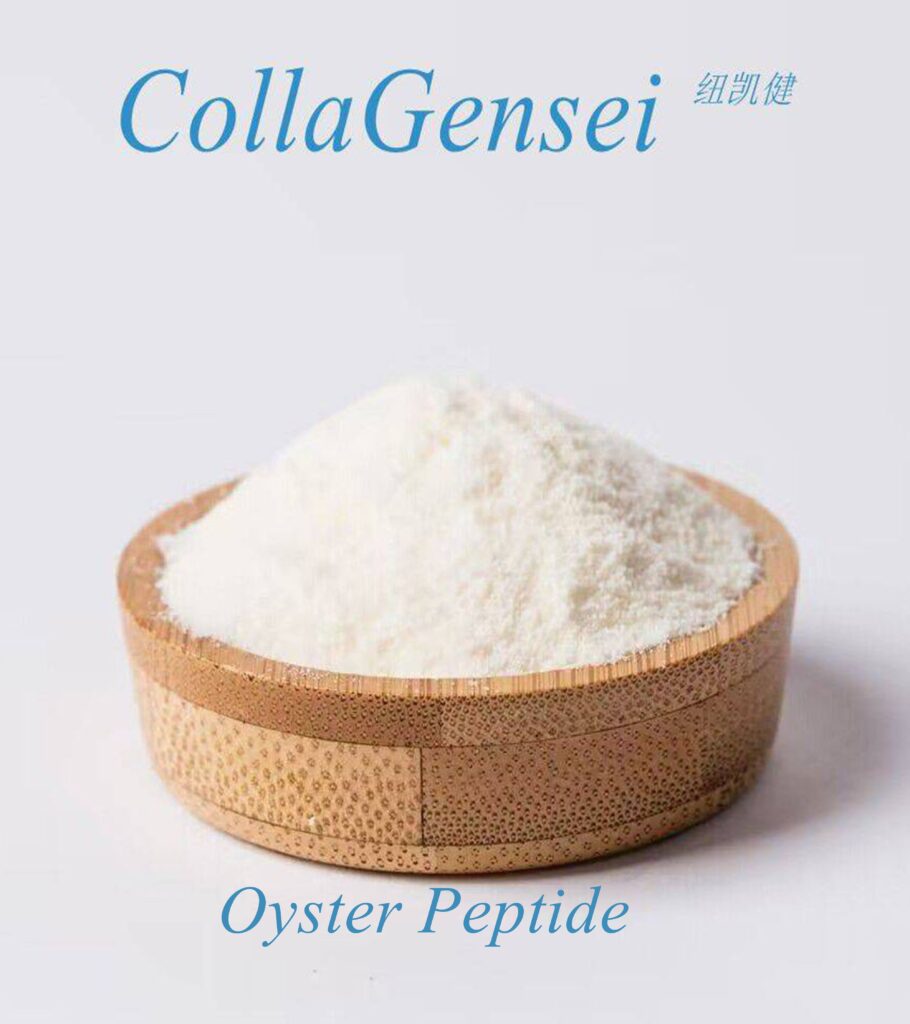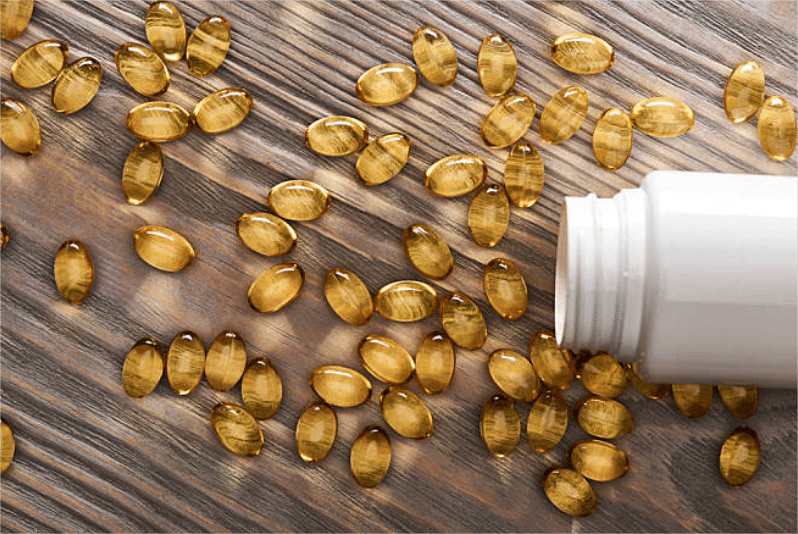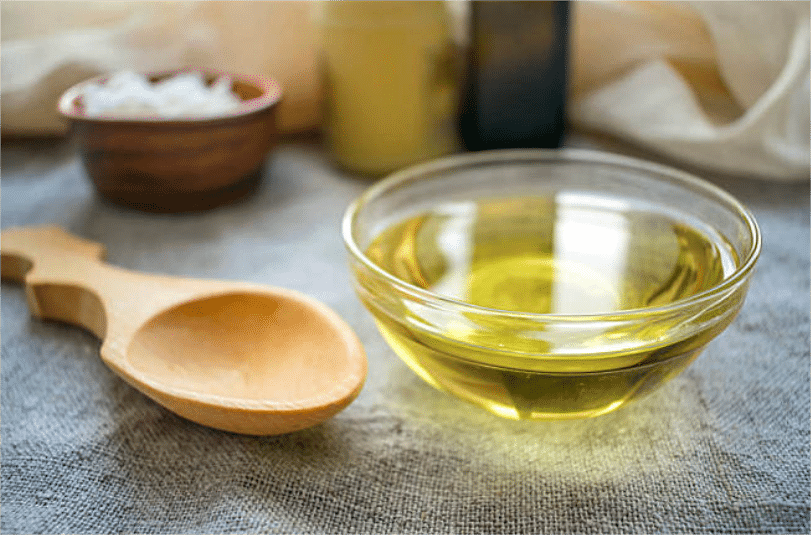Methylsulfonylmethane (MSM) and Glucosamine Sulfate (GS) are two widely used supplements in managing joint health and alleviating symptoms of osteoarthritis. While both compounds are recognized for their potential in promoting joint function and reducing inflammation, their mechanisms of action, efficacy, and safety profiles vary.
Introduction:
Joint health is a significant concern for individuals of all ages, particularly with the increasing prevalence of osteoarthritis (OA). Methylsulfonylmethane (MSM) and Glucosamine Sulfate (GS) have gained considerable attention as dietary supplements for managing joint health and reducing OA symptoms. While both compounds are believed to possess anti-inflammatory and cartilage-protective properties, their mechanisms and efficacy remain subjects of debate and investigation.
Biochemical Properties:
1. Methylsulfonylmethane (MSM):
• MSM, a naturally occurring organosulfur compound, is found in various plants and animals.
• Chemically, MSM is a methylated form of dimethyl sulfoxide (DMSO), containing sulfur, oxygen, and methyl groups.
• It is obtained through the oxidation of dimethyl sulfoxide (DMSO), yielding a stable and odorless compound.
• MSM is water-soluble and well-absorbed in the gastrointestinal tract.
2. Glucosamine Sulfate (GS):
•Glucosamine is an amino sugar naturally produced in the body and found in the exoskeleton of shellfish.
•Glucosamine sulfate is a salt form of glucosamine combined with sulfuric acid.
•It is available in various formulations, including glucosamine hydrochloride (HCl) and glucosamine sulfate.
•Glucosamine sulfate is relatively stable and bioavailable, with good absorption in the gut.
Therapeutic Benefits:
1. Methylsulfonylmethane (MSM):
•MSM is recognized for its anti-inflammatory properties, attributed to its ability to modulate cytokine levels and reduce oxidative stress.
•It is believed to support joint health by promoting collagen synthesis and maintaining the integrity of connective tissues.
•Clinical studies suggest that MSM supplementation may reduce pain and improve physical function in individuals with OA.
2. Glucosamine Sulfate (GS):
•Glucosamine sulfate is a precursor in the biosynthesis of glycosaminoglycans (GAGs) and proteoglycans, essential components of cartilage.
•It is thought to exert chondroprotective effects by stimulating cartilage repair and inhibiting cartilage degradation enzymes.
•Clinical trials have demonstrated the efficacy of glucosamine sulfate in reducing pain, improving joint function, and slowing the progression of OA.
Mechanisms of Action:
1. Methylsulfonylmethane (MSM):
•MSM’s mechanisms of action in joint health involve its anti-inflammatory properties, which inhibit pro-inflammatory cytokines and reduce oxidative stress.
•It may enhance the production of glutathione, a potent antioxidant, thereby protecting cartilage from oxidative damage.
•Additionally, MSM is suggested to promote the synthesis of collagen and other structural proteins essential for maintaining joint integrity.
2. Glucosamine Sulfate (GS):
•Glucosamine sulfate acts as a substrate for glycosaminoglycan synthesis, facilitating the production of proteoglycans and hyaluronic acid in cartilage.
•It may suppress the activity of matrix metalloproteinases (MMPs) and inflammatory mediators involved in cartilage degradation.
•Glucosamine sulfate also exhibits anti-inflammatory effects by inhibiting NF-κB activation and downregulating pro-inflammatory cytokines.
Clinical Evidence:
1. Methylsulfonylmethane (MSM):
•Clinical trials investigating the efficacy of MSM in OA management have yielded mixed results.
•While some studies report significant reductions in pain and improvement in physical function with MSM supplementation, others find no significant differences compared to placebo.
•The variability in study designs, patient populations, and outcome measures complicates the interpretation of results and necessitates further research.
2. Glucosamine Sulfate (GS):
•Numerous randomized controlled trials (RCTs) support the efficacy of glucosamine sulfate in alleviating OA symptoms and improving joint function.
•Meta-analyses have demonstrated modest but consistent benefits of glucosamine sulfate in reducing pain and enhancing mobility in individuals with OA.
•Long-term studies suggest that glucosamine sulfate may have disease-modifying effects, slowing the progression of cartilage degeneration in OA.
Conclusion:
In conclusion, both Methylsulfonylmethane (MSM) and Glucosamine Sulfate (GS) offer promising therapeutic potential in managing joint health and alleviating symptoms of osteoarthritis. While MSM is recognized for its anti-inflammatory properties and role in collagen synthesis, glucosamine sulfate acts as a substrate for cartilage repair and exhibits chondroprotective effects. Clinical evidence supporting the efficacy of both supplements is available, although the results are somewhat inconsistent for MSM. Individual responses to supplementation may vary, and further research is needed to elucidate the optimal use and long-term benefits of MSM and GS in joint health management. Ultimately, the choice between MSM and GS should consider factors such as patient preferences, safety profiles, and responsiveness to treatment.
https://www.collagensei.com/wp-content/uploads/2024/07/Glucosamine-Sulfate.png



